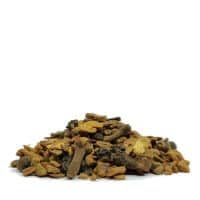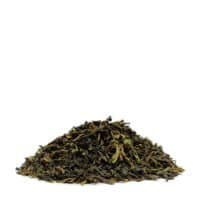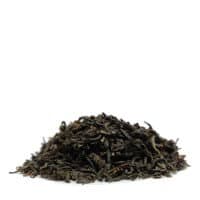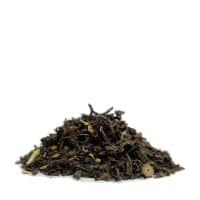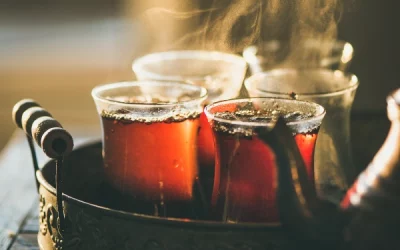Turkish tea, a symbol of hospitality, boasts a rich history rooted in tradition. Its unique preparation and serving styles reflect Turkey’s cultural identity, making it an integral part of social interactions and daily life.
Organic
FREE SHIPPING
For purchases over 599 kr.
Delivery
2 - 5 business days
Organic teas
Eco-friendly packaging
Missing your favorite?<br /> (Tip us)
Describe your tip
What is Turkish tea?
Tea (called çay; pronounced [t͡ʃaj]) is popular throughout Turkey and with Turkish citizens who no longer live in the country.
The majority of tea produced in Turkey is from the Rize province on the eastern Black Sea coast, which has a mild climate with high rainfall and fertile soil.
Tea has only recently, in historical perspective, become the most widely consumed beverage in Turkey.
Why coffee has taken a back seat and tea has taken its place in the food hierarchy and culture.
Several historical sources describe the reason tea became so popular is that in the wake of the collapse of the Ottoman Empire (in 1923), the Turks lost their ability to get mocha from Yemen and coffee became an expensive import.
The country’s founder, Atatürk, encouraged tea as an alternative to Turkish coffee, which had become expensive and sometimes unavailable after World War I.
Coffee had to be imported, mainly from Brazil, while tea could be produced domestically.
Turks therefore turned to tea.

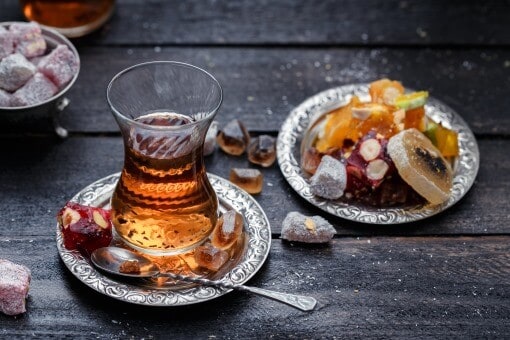
Tea culture in Turkey
Without the presence of tea, it’s hard to imagine everything from breakfast, social gatherings, business meetings, bargaining for carpets in the Grand Bazaar to ferry routes across the Bosphorus in Turkey.
Tea is a crucial part of Turkish social life and plays a key role in Turkey’s domestic economy.
Although tea passed through Turkey as part of the Silk Road trade in the 1500s, it only became part of daily life almost four centuries later.
In 1878, Mehmet Izzet, the then governor of Adana, published Çay Risalesi, a tea pamphlet that described the health benefits of drinking tea.
Although coffee was still the preferred hot drink during this period, consumption began to spread as tea houses opened in the Sultanahmet area of Istanbul.
Tea also became a cheaper alternative to coffee; four glasses of tea could be bought for the price of a cup of Turkish coffee.
Today, Turks have one of the highest per capita consumption of tea, averaging around 1,000 cups per year.
This is attributed to its centrality around social customs and traditions, as well as its domestic production along the eastern Black Sea coast.
Wherever you travel in Turkey, you’ll find a local tea house or tea garden.
These form the social hub of smaller towns and rural areas where news and gossip is exchanged.
It’s important to note that Turkish tea gardens are very different from Japanese tea gardens.
While the latter is quiet and tranquil, and was developed in conjunction with the Japanese tea ceremony, Turkish tea gardens are hubs of social activity with children running around, music playing and lively conversation between different groups from students, businessmen to retirees and foreigners.
A universe of tea
how to drink Turkish tea: a comprehensive guide to culture and etiquette
To enjoy Turkish tea, use a çaydanlık (two-tier teapot). Pour strong tea from the top pot into small glasses and dilute with hot water from the bottom. Sip slowly, appreciating the rich flavour and cultural significance.
how to make authentic turkish tea: a step-by-step guide
To make authentic Turkish tea, steep finely ground black tea in a double teapot, using boiling water. Serve it strong and unsweetened in small tulip-shaped glasses for an authentic experience. Enjoy the rich, aromatic flavour.

Preparation of tea
Traditionally, Turkish tea is prepared using two stacked kettles (called çaydanlık).
These are specially designed for tea preparation.
First, the water is brought to a boil in the large kettle at the bottom, and then some of the water is used in the small kettle where some spoons of loose tea are added.
The tea is brewed for a long time, at least 15 minutes, mixed with hot water and sweetened with sugar to taste.
The brewing time typically exceeds 15 minutes.
This is to produce a strong tea, which is used as a ‘base’ in the final result.
The remaining water is therefore used to ‘dilute’ with.
This makes it possible to control how strong your cup should be.
Traditionally, you can choose between strong (called koyu; literally meaning “dark”) or weak (called açık; literally meaning “light”).
Turkish tea is always served in small tulip-shaped cups as it is too rich and strong to be served in large ones.
The tea is flavored with sugar.
The use of milk is not traditionally used.

